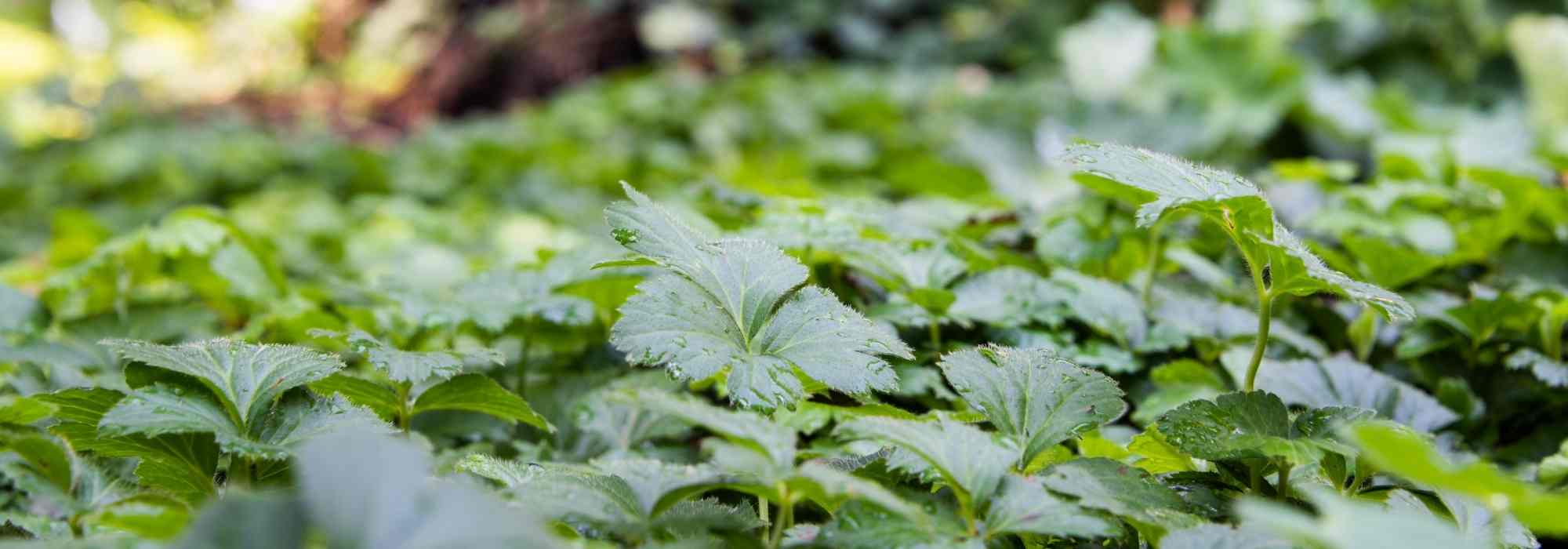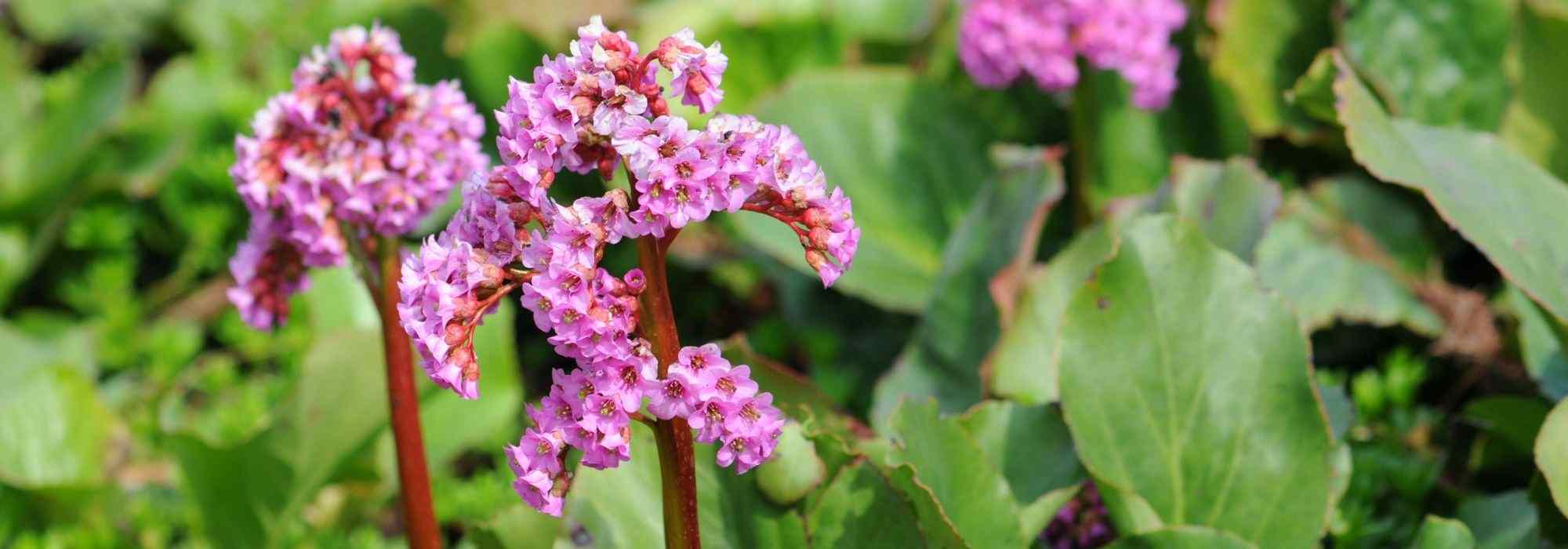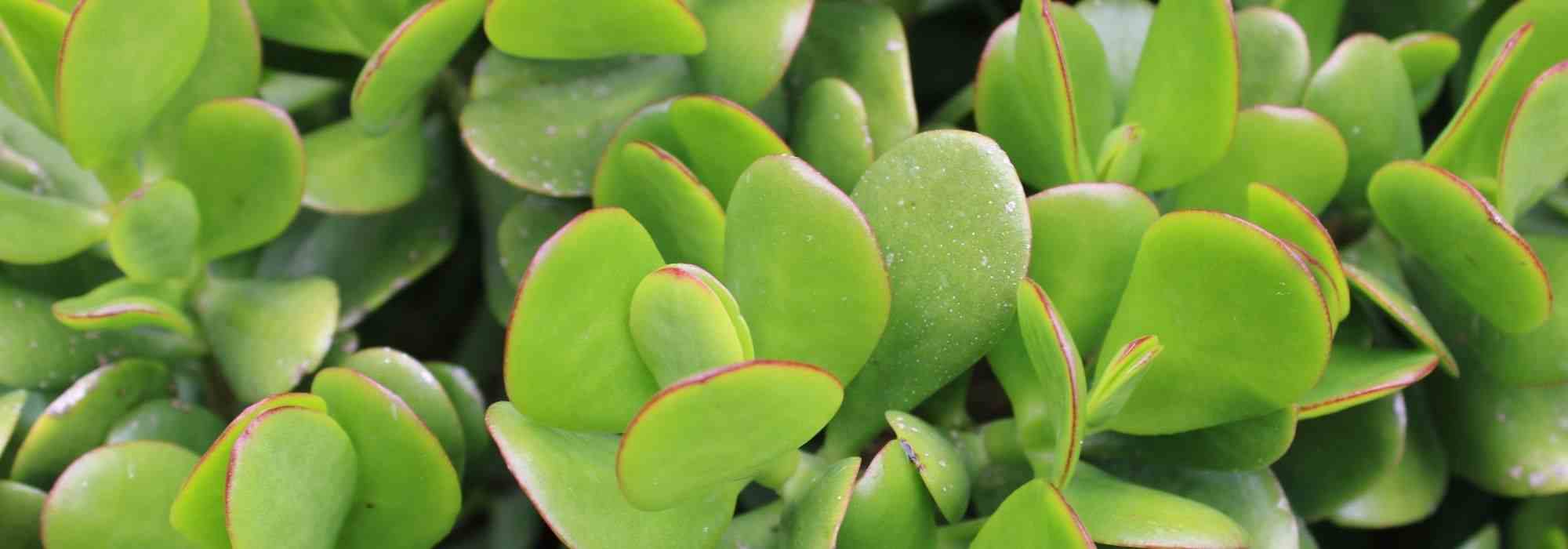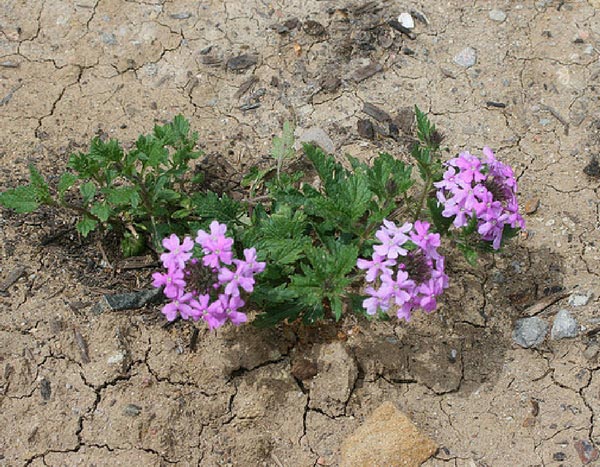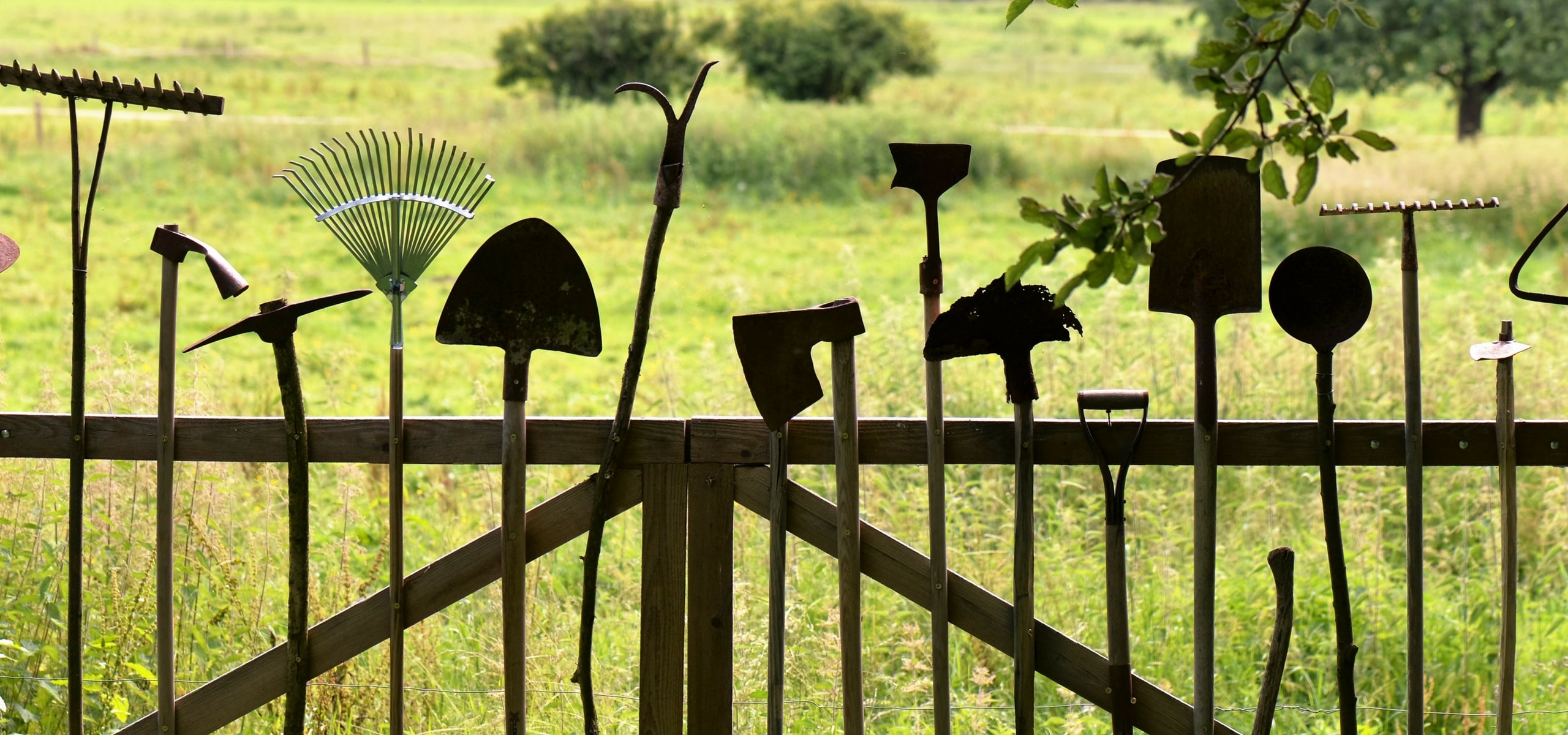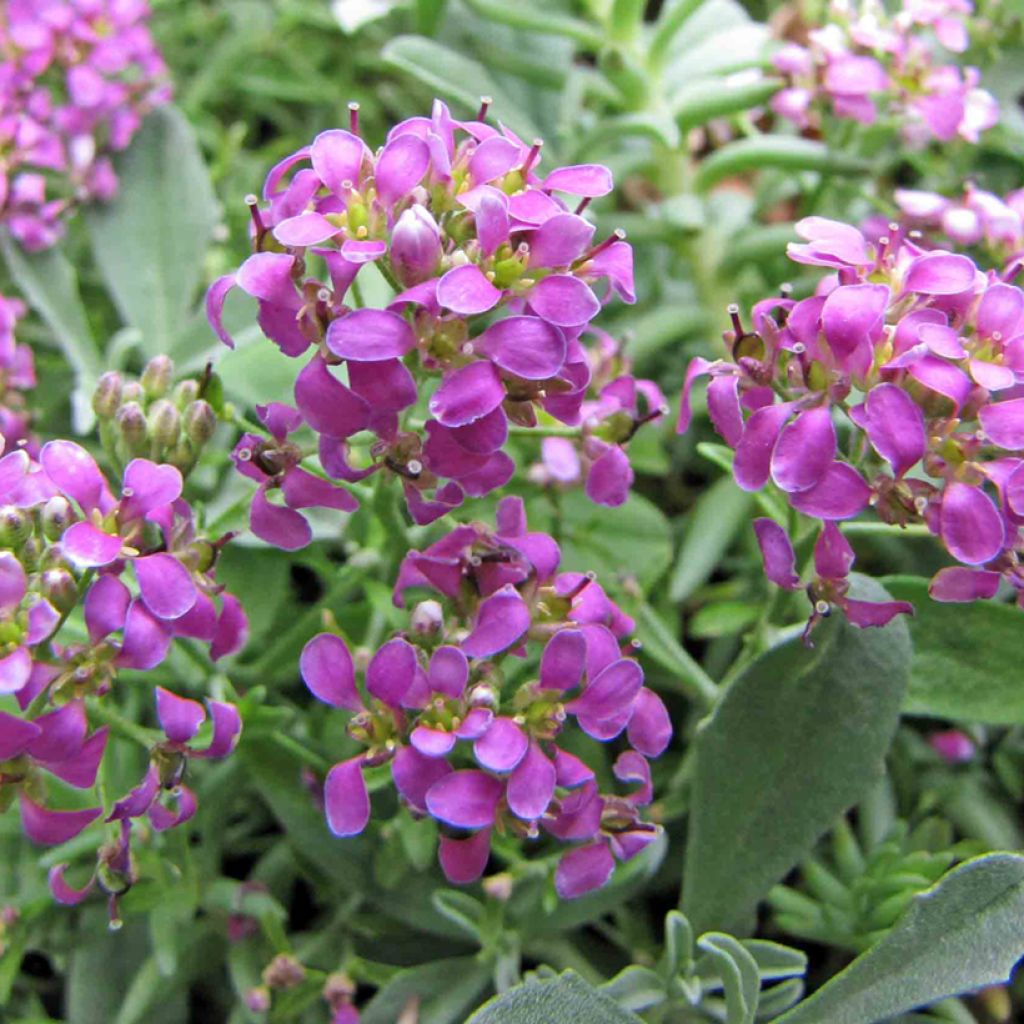

Ptilotrichum spinosum Rubrum


Ptilotrichum spinosum Rubrum
Ptilotrichum spinosum Rubrum
Ptilotrichum spinosum Rubrum
Spiny madwort
Special offer!
Receive a €20 voucher for any order over €90 (excluding delivery costs, credit notes, and plastic-free options)!
1- Add your favorite plants to your cart.
2- Once you have reached €90, confirm your order (you can even choose the delivery date!).
3- As soon as your order is shipped, you will receive an email containing your voucher code, valid for 3 months (90 days).
Your voucher is unique and can only be used once, for any order with a minimum value of €20, excluding delivery costs.
Can be combined with other current offers, non-divisible and non-refundable.
Home or relay delivery (depending on size and destination)
Schedule delivery date,
and select date in basket
This plant carries a 12 months recovery warranty
More information
We guarantee the quality of our plants for a full growing cycle, and will replace at our expense any plant that fails to recover under normal climatic and planting conditions.
Would this plant suit my garden?
Set up your Plantfit profile →
Description
Ptilotrichum spinosum, sometimes called Spiny Alyssum, is a Mediterranean undershrub ideal for dry and rocky gardens, in not too cold a climate. This compact plant is appreciated for its pink spring flowering, its cushion-like habit, and its slightly greyish green evergreen foliage. It works well in rockeries, borders, and gravel gardens.
Ptilotrichum spinosum, also known as Hormathophylla spinosa or Alyssum spinosum, belonging to the Brassicaceae family, is native to Mediterranean regions, particularly southeastern Spain, as well as North Africa (Algeria and Morocco). 'Rubrum' is a selection with dark pink flowers. It is an undershrub that forms a dense, spiny bush about 30 cm in all directions on average. Its growth is moderate, and its habit is highly branched, in a "cushion" shape, with interlaced branches ending in thorns. Its small leaves are evergreen in winter, elongated, linear, 1 to 2 cm long, and grey-green. The flowers, which appear in spring, between May and June, are small, pink, and grouped in tight clusters that contrast beautifully with the greyish foliage. The woody branches provide a strong and enduring structure, even outside the flowering period. Although Spiny Alyssum is mainly appreciated for its foliage and flowering, its interlaced, thorny branches also contribute to its "prickly" charm.
Ptilotrichum spinosum 'Rubrum' is perfect for dry Mediterranean gardens, especially in rockeries and borders where its adaptation to dry conditions can be fully exploited. This shrub can be used to stabilise soils in rocky terrain or as ground cover in arid locations. Pair it with other Mediterranean plants such as Santolina chamaecyparissus (Cotton Lavender), Lavandula angustifolia 'Hidcote' (True Lavender), Thymus capitatus (Headed Thyme), and Helichrysum italicum (Italian Everlasting).
Report an error about the product description
Ptilotrichum spinosum Rubrum in pictures
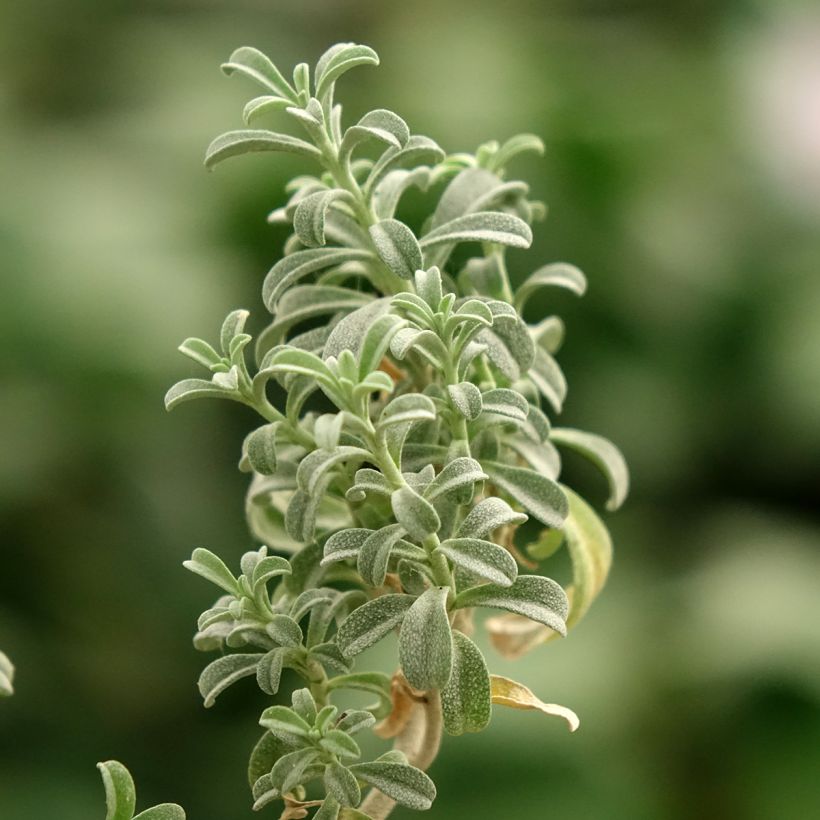

Flowering
Foliage
Plant habit
Botanical data
Ptilotrichum
spinosum
Rubrum
Brassicaceae
Spiny madwort
Hormathophylla spinosa 'Rubrum', Alyssum spinosum 'Rubrum'
Mediterranean
Planting and care
To successfully grow Ptilotrichum spinosum, it is essential to replicate its natural growing conditions. This Mediterranean plant prefers a sunny location. It thrives in well-drained soils, preferably limestone, rocky, or sandy, as it does not tolerate excess moisture. Before planting, it is a good idea to add gravel or coarse sand to improve drainage, especially if the soil is somewhat heavy or clayey. Ptilotrichum spinosum is very drought-resistant and hardy down to -10°C. It is advisable to water it moderately after planting to promote root development, but once established, it will require little to no watering. Adding a gravel mulch can help retain moisture while preventing weed growth. Pruning is generally not necessary, but it can be done after flowering to maintain a compact habit. It is also important to protect the plant from excessive winter moisture, as this could lead to root rot.
Planting period
Intended location
Care
Planting & care advice
This item has not been reviewed yet - be the first to leave a review about it.
Similar products
Haven't found what you were looking for?
Hardiness is the lowest winter temperature a plant can endure without suffering serious damage or even dying. However, hardiness is affected by location (a sheltered area, such as a patio), protection (winter cover) and soil type (hardiness is improved by well-drained soil).

Photo Sharing Terms & Conditions
In order to encourage gardeners to interact and share their experiences, Promesse de fleurs offers various media enabling content to be uploaded onto its Site - in particular via the ‘Photo sharing’ module.
The User agrees to refrain from:
- Posting any content that is illegal, prejudicial, insulting, racist, inciteful to hatred, revisionist, contrary to public decency, that infringes on privacy or on the privacy rights of third parties, in particular the publicity rights of persons and goods, intellectual property rights, or the right to privacy.
- Submitting content on behalf of a third party;
- Impersonate the identity of a third party and/or publish any personal information about a third party;
In general, the User undertakes to refrain from any unethical behaviour.
All Content (in particular text, comments, files, images, photos, videos, creative works, etc.), which may be subject to property or intellectual property rights, image or other private rights, shall remain the property of the User, subject to the limited rights granted by the terms of the licence granted by Promesse de fleurs as stated below. Users are at liberty to publish or not to publish such Content on the Site, notably via the ‘Photo Sharing’ facility, and accept that this Content shall be made public and freely accessible, notably on the Internet.
Users further acknowledge, undertake to have ,and guarantee that they hold all necessary rights and permissions to publish such material on the Site, in particular with regard to the legislation in force pertaining to any privacy, property, intellectual property, image, or contractual rights, or rights of any other nature. By publishing such Content on the Site, Users acknowledge accepting full liability as publishers of the Content within the meaning of the law, and grant Promesse de fleurs, free of charge, an inclusive, worldwide licence for the said Content for the entire duration of its publication, including all reproduction, representation, up/downloading, displaying, performing, transmission, and storage rights.
Users also grant permission for their name to be linked to the Content and accept that this link may not always be made available.
By engaging in posting material, Users consent to their Content becoming automatically accessible on the Internet, in particular on other sites and/or blogs and/or web pages of the Promesse de fleurs site, including in particular social pages and the Promesse de fleurs catalogue.
Users may secure the removal of entrusted content free of charge by issuing a simple request via our contact form.
The flowering period indicated on our website applies to countries and regions located in USDA zone 8 (France, the United Kingdom, Ireland, the Netherlands, etc.)
It will vary according to where you live:
- In zones 9 to 10 (Italy, Spain, Greece, etc.), flowering will occur about 2 to 4 weeks earlier.
- In zones 6 to 7 (Germany, Poland, Slovenia, and lower mountainous regions), flowering will be delayed by 2 to 3 weeks.
- In zone 5 (Central Europe, Scandinavia), blooming will be delayed by 3 to 5 weeks.
In temperate climates, pruning of spring-flowering shrubs (forsythia, spireas, etc.) should be done just after flowering.
Pruning of summer-flowering shrubs (Indian Lilac, Perovskia, etc.) can be done in winter or spring.
In cold regions as well as with frost-sensitive plants, avoid pruning too early when severe frosts may still occur.
The planting period indicated on our website applies to countries and regions located in USDA zone 8 (France, United Kingdom, Ireland, Netherlands).
It will vary according to where you live:
- In Mediterranean zones (Marseille, Madrid, Milan, etc.), autumn and winter are the best planting periods.
- In continental zones (Strasbourg, Munich, Vienna, etc.), delay planting by 2 to 3 weeks in spring and bring it forward by 2 to 4 weeks in autumn.
- In mountainous regions (the Alps, Pyrenees, Carpathians, etc.), it is best to plant in late spring (May-June) or late summer (August-September).
The harvesting period indicated on our website applies to countries and regions in USDA zone 8 (France, England, Ireland, the Netherlands).
In colder areas (Scandinavia, Poland, Austria...) fruit and vegetable harvests are likely to be delayed by 3-4 weeks.
In warmer areas (Italy, Spain, Greece, etc.), harvesting will probably take place earlier, depending on weather conditions.
The sowing periods indicated on our website apply to countries and regions within USDA Zone 8 (France, UK, Ireland, Netherlands).
In colder areas (Scandinavia, Poland, Austria...), delay any outdoor sowing by 3-4 weeks, or sow under glass.
In warmer climes (Italy, Spain, Greece, etc.), bring outdoor sowing forward by a few weeks.


































